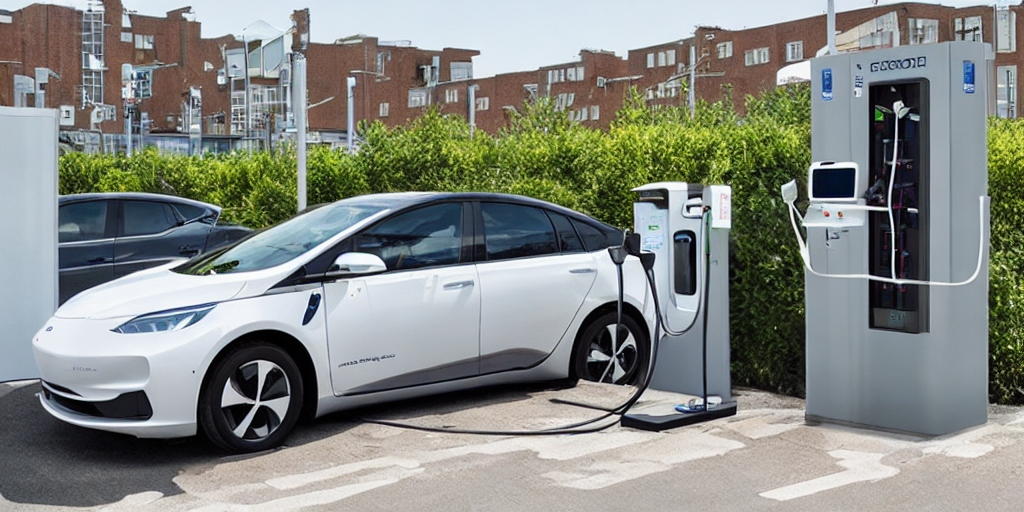The Pros and Cons of Charging Station Infrastructure for EVs

Introduction: The widespread adoption of electric vehicles (EVs) has been driven by advances in technology, the increasing awareness of environmental issues, and government incentives. However, the development of charging station infrastructure has been slow, with many drivers still relying on traditional charging methods such as plugging into a household outlet. In this article, we will examine the pros and cons of charging station infrastructure for EVs, including the benefits of a well-developed charging network, the challenges associated with building and maintaining this network, and the impact of charging station infrastructure on the widespread adoption of EVs.
Pros of Charging Station Infrastructure:
- Improved Convenience: One of the biggest advantages of charging station infrastructure is the increased convenience it offers to EV drivers. With the availability of fast charging stations, drivers can quickly and easily recharge their vehicles, making long-distance travel possible. This is particularly important for those who own electric vehicles and are looking for a more convenient way to recharge their cars.
- Reduced Range Anxiety: Range anxiety, or the fear of running out of power while driving, is a common concern among EV drivers. The availability of charging stations can help to reduce this anxiety, as drivers are less likely to worry about the range of their vehicles if they know that they can quickly and easily recharge them.
- Increased EV Adoption: A well-developed charging station infrastructure can also help to drive the adoption of EVs by making them more accessible and convenient for drivers. With a growing number of charging stations, drivers are more likely to choose EVs as their primary mode of transportation.
- Increased Competitiveness: The development of charging station infrastructure can also increase the competitiveness of EVs in comparison to traditional internal combustion engine (ICE) vehicles. With the availability of fast charging stations, EVs are able to match the refueling speeds of traditional vehicles, making them a more appealing option for drivers.
Cons of Charging Station Infrastructure:
- High Cost: One of the biggest challenges associated with charging station infrastructure is the high cost of building and maintaining this network. The cost of building charging stations, including the cost of the equipment, installation, and maintenance, can be significant, particularly in rural areas where the demand is lower.
- Technical Challenges: Another challenge associated with charging station infrastructure is the technical difficulties involved in building and maintaining the network. This includes the need for a reliable power supply, the need to upgrade existing infrastructure, and the need to ensure the compatibility of charging stations with different EV models.
- Limited Accessibility: The availability of charging stations is also limited in many regions, particularly in rural areas and remote locations. This lack of accessibility can make it difficult for EV drivers to find a charging station when they need one, which can negatively impact the widespread adoption of EVs.
- Standardization Issues: The development of charging station infrastructure is also hindered by the lack of standardization among charging station manufacturers and providers. This makes it difficult for drivers to find a charging station that is compatible with their vehicle, which can result in frustration and decreased adoption of EVs.
Conclusion: In conclusion, the development of charging station infrastructure for EVs offers many benefits, including increased convenience, reduced range anxiety, increased EV adoption, and increased competitiveness. However, there are also several challenges associated with building and maintaining this network, including high costs, technical difficulties, limited accessibility, and standardization issues. In order to fully realize the benefits of EVs, it’s important to address these challenges and work towards the development of a comprehensive and well-developed charging station infrastructure. By doing so, we can help to drive the widespread adoption of EVs and reduce greenhouse gas emissions from the transportation sector.

